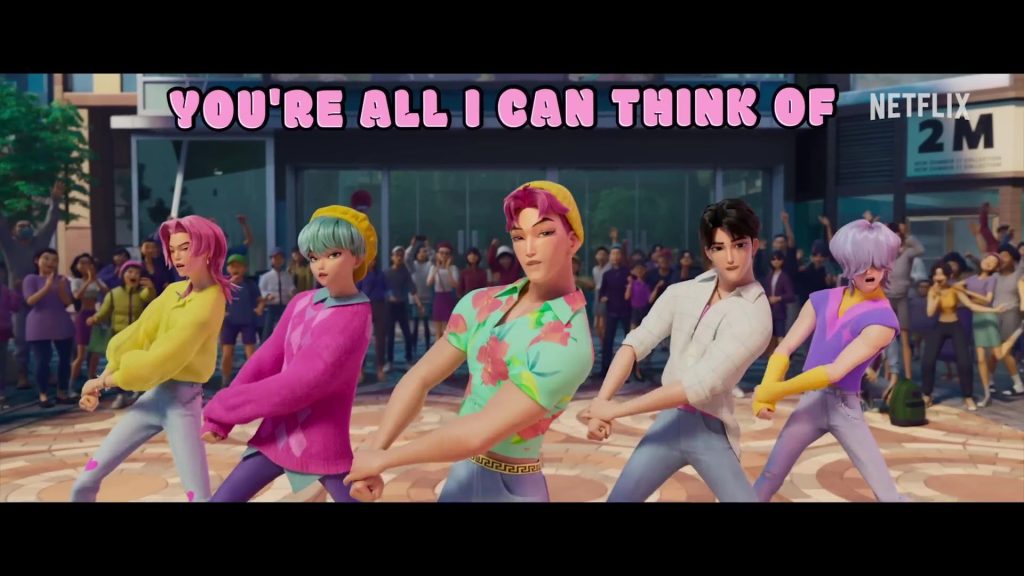What K-Pop’s Latest Viral Hit Can Teach Taiwan’s Music Industry
KAOHSIUNG — “Soda Pop,” a sparkling anthem from the hit animated film KPop Demon Hunters, has rocketed across global charts — a sugary earworm with a sinister edge. It’s more than just a soundtrack cut; it’s a masterclass in modern pop strategy. And it raises a provocative question for Taiwan’s music industry: Why hasn’t T-pop cracked the global code the way K-pop has?
“Soda Pop” exploded into a global sensation, blending irresistible pop hooks with sharp production and narrative flair. The song now commands both fan devotion and industry acclaim, fueled by its role in the movie’s story and a sophisticated promotional rollout.
Producers and songwriters Vince, Kush, Danny Chung, 24, Dominsuk, and Ian Eisendrath built “Soda Pop” from a simple guitar demo titled “Ice Cream.” Vince and 24 reworked it into a bright, shimmering K-pop anthem that mirrors the polished energy of global hits like BTS’s “Butter.”
The track introduces the film’s antagonistic boy band, the Saja Boys — voiced by Andrew Choi, Neckwav, Chung, Kevin Woo, and SamUIL Lee — whose cheerful sound hides darker motives. This contrast between upbeat melody and deceptive lyrics reflects the group’s manipulative charm inside the film’s storyline.
Meet the Saja Boys: Voices with Character
Each Saja Boys member represents a different musical archetype. Andrew Choi’s smooth tone leads the group with charisma. Neckwav adds depth and texture to harmonies. Kevin Woo contributes soaring high notes and emotional phrasing, helping balance out the percussive rap verses sung by Danny Chung. The injection of K-pop’s hip-hop influences is an essential element, but without the playful energy of SamUIL Lee, the ensemble wouldn’t work as well for live performance scenes. This diversity mirrors real-world K-pop group strategies, where distinct timbres create contrast while maintaining unity — a model popularized by acts like EXO and Seventeen.
Beyond the Soundtrack
While KPop Demon Hunters built the initial platform, “Soda Pop” stands on its own as a radio-ready pop single. Its blend of glittering production, infectious melody, and narrative resonance has drawn praise from both fans and critics.
According to Variety, the song helped the film’s soundtrack become the first animated OST with three tracks in Billboard’s Top 10 — a testament to K-pop’s expanding global footprint.
Why it Worked
“Soda Pop” didn’t rise by accident. Its creators combined time-tested songwriting, cutting-edge production, and a multimedia rollout designed for maximum exposure. The result is more than a soundtrack cut — it’s a blueprint for modern pop success: catchy, character-driven, and globally fluent.
As KPop Demon Hunters continues its run, “Soda Pop” cements its place as one of 2025’s most memorable pop exports — proof that when music and storytelling move in sync, audiences around the world will listen.
A Hit Engineered for Global Appeal
“Soda Pop” grabs listeners with a tried-and-true verse–pre-chorus–chorus structure built around the I–V–vi–IV chord progression — a pop favorite used in hits like Carly Rae Jepsen’s “Call Me Maybe” and Dua Lipa’s “Don’t Start Now.” This familiar framework delivers instant accessibility and emotional payoff, helping the song lodge itself in memory after a single listen.
Producers laced the track with tight drum programming, bright synth layers, and rhythmic sidechain compression, giving the beat a lively pulse. Filter sweeps and chopped vocals keep momentum high between sections, echoing the kinetic production of Max Martin and modern K-pop studios.
Kush and Danny Chung’s lyrics add a layer of irony; a fizzy pop surface concealing manipulation and ambition. Dominsuk’s vocal arrangements spotlight each member’s personality, while Eisendrath’s theatrical instincts tie the song to the film’s narrative beats.
Marketing That Multiplies Reach
Republic Records released “Soda Pop” alongside KPop Demon Hunters earlier this year, positioning the single at the center of the film’s marketing push. The production team coordinated a social campaign across TikTok, Instagram, and YouTube Shorts, encouraging fans to join a #SodaPopChallenge that sparked thousands of user-made dance clips. Although exact numbers remain unverified by Republic, the challenge helped propel the track into Spotify’s Viral 50 playlists across Asia and North America.
Influencers and remix artists added momentum, while snippets on Instagram Reels teased plotlines from KPop Demon Hunters – a brilliant blurring of entertainment and marketing. The campaign, of course, wasn’t accidental. It reflected K-pop’s industrial discipline: creative teams map cross-platform rollouts months in advance, blending music, story, and fan engagement into one ecosystem.
Behind-the-scenes clips and interactive polls on the film’s social channels grew fan engagement by double digits, according to industry trackers including Chartmetric and Billboard. Influencers and music creators amplified the reach with remix snippets and choreography tutorials.
Why K-pop Soars — and T-pop Stalls
Taiwan’s pop scene once dominated Mandarin-speaking Asia through legends like Jay Chou, Jolin Tsai, and S.H.E. But while K-pop evolved into a global export, T-pop has remained largely domestic and nostalgic. But why? Here are some of the key differences:
Lessons for Taiwan: Remix, Collaborate, Expand
To capture regional and international ears, T-pop can adapt proven K-pop tactics without losing authenticity. Simple actions that could be taken immediately include:
There is a Roadmap to a T-Pop Resurgence
Taiwan has talent, storytelling, and cultural richness. What it needs is structure, strategy, and scale — the same ingredients that made “Soda Pop” pop.
By embracing collaboration, cross-media storytelling, and global marketing, T-pop could once again become a regional powerhouse — and perhaps, the next breakout sound on Spotify’s Viral 50.



